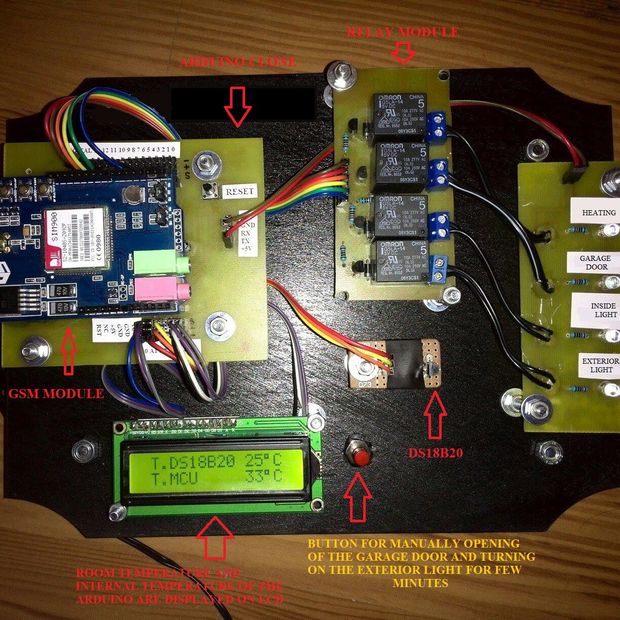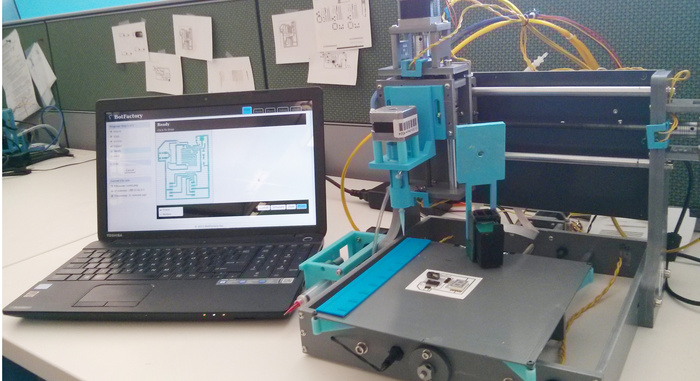µVolume USB Volume Control Project
This neat µVolume project by Rupert Hirst of RunAwayBrainz allows you to control your tunes with a nice big knob that uses a rotary encoder to get the user input. You can see the previous version in action below. Via: Electronics Lab “Features:              Arduino Compatible (Atmel Atmega32u4)              Manual volume adjustment using the rotary encoder              (IR) Infra red remote control of volume and multimedia controls.              Apple





